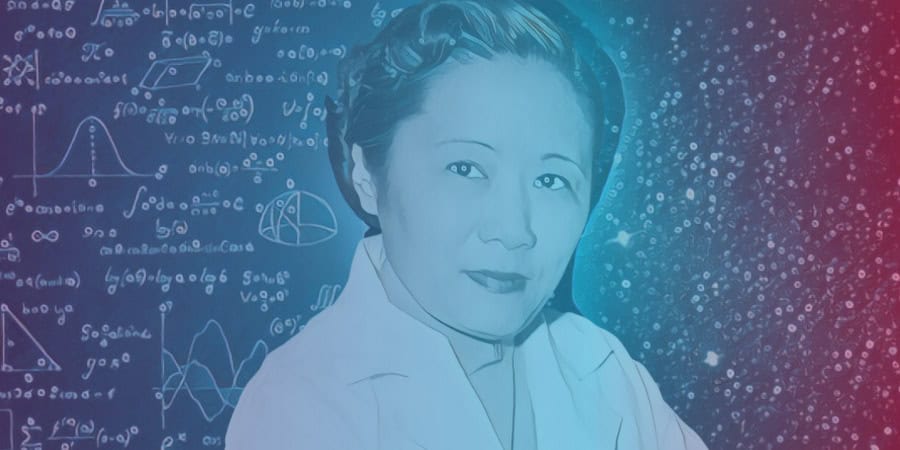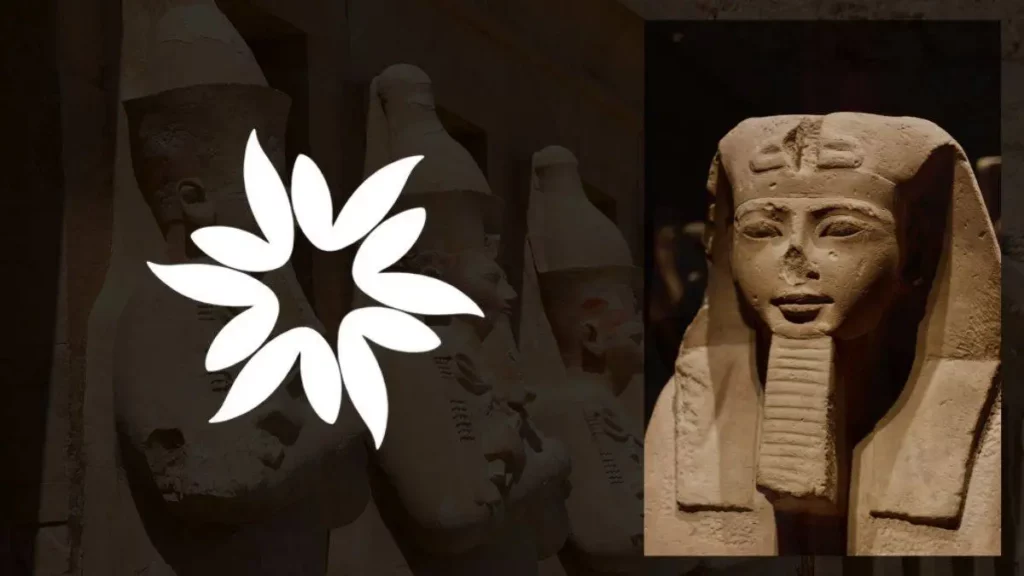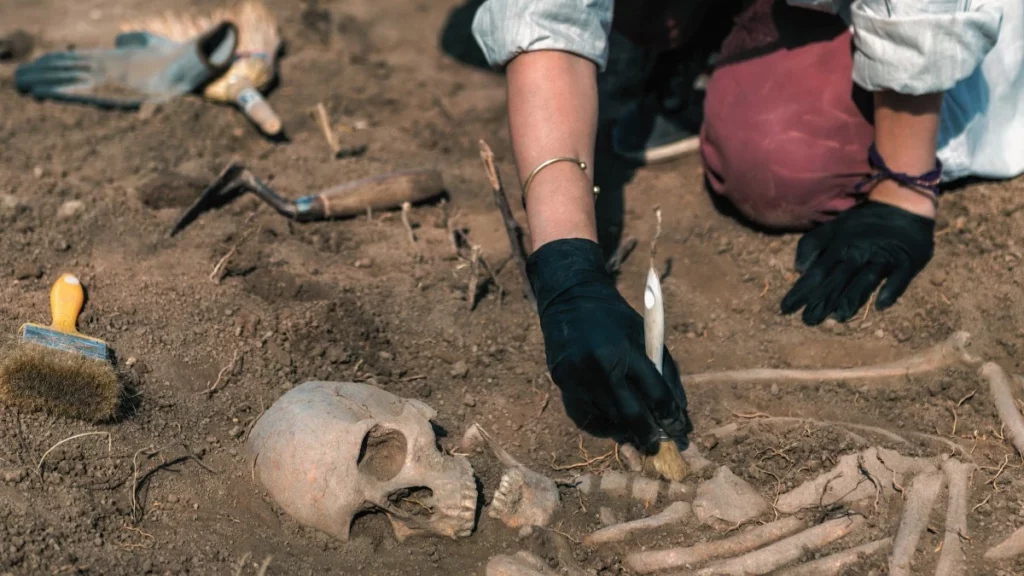Key Takeaways
- Chien-Shiung Wu was a trailblazing female physicist born in China in 1912, who advanced our understanding of the universe and paved the way for future generations of women in science.
- Wu faced significant challenges and discrimination in her pursuit of education and career, but she persevered and made groundbreaking contributions to nuclear and particle physics, including the famous Wu Experiment which challenged the long-standing principle of parity conservation.
- Wu's achievements were celebrated by the scientific community, but she was overlooked by the Nobel committee for the Nobel Prize in Physics in 1957, a decision that remains controversial.
- Wu was a passionate advocate for women in science and education and actively worked to dismantle gender barriers and promote equal opportunities for all in the academic world.
- Wu's remarkable achievements and unwavering dedication to her field have secured her place as one of the most influential physicists of the 20th century, with far-reaching implications in areas such as particle physics, cosmology, and astrophysics.
Chien-Shiung Wu was born on May 31, 1912, in Liuhe, a small town near Shanghai, China. Growing up in a family that valued education, she was afforded opportunities that many girls of her generation were not.
Wu’s father, Zhong-Yi Wu, was an engineer, and her mother, Fanhua Meng, was a dedicated teacher.
Together, they founded a school for girls, Mingde Women’s Vocational Continuing School, emphasizing the importance of education for all.
An exceptional student from the beginning, Wu attended the prestigious Suzhou Women’s Normal School No. 2, excelling in her studies, particularly in mathematics and physics.
Upon graduation, she enrolled at the National Central University in Nanjing, where she earned her bachelor’s degree in physics in 1934.
Journey to the United States and Graduate Studies at Berkeley
In 1936, Wu moved to the United States to pursue her graduate studies in physics. She initially planned to attend the University of Michigan but changed her mind after learning about the university’s discriminatory policies towards female students.
Instead, Wu enrolled at the University of California, Berkeley, where she studied under the mentorship of renowned physicist Ernest O. Lawrence, the inventor of the cyclotron.
Despite facing significant challenges, including discrimination and isolation, Wu persevered and obtained her Ph.D. in 1940.
Groundbreaking Work at Princeton and Columbia Universities
Upon completing her doctorate, Wu was unable to find a research position at a university due to widespread gender discrimination in academia.
However, she managed to secure a teaching role at Smith College and then at Princeton University, where she became the first female instructor in the physics department.
In 1944, Wu accepted a senior scientist position at Columbia University and joined the top-secret Manhattan Project.
As a key member of the project, she made crucial contributions to uranium enrichment and radiation detection research.
Her expertise helped advance the development of the atomic bomb, effectively bringing World War II to a close.
The Wu Experiment: Challenging the Fundamentals of Physics
In 1956, Wu was approached by theoretical physicists Tsung-Dao Lee and Chen Ning Yang, who asked her to devise an experiment to test their hypothesis on the behavior of subatomic particles.
Wu’s subsequent experiment, now famously known as the Wu Experiment, refuted the long-standing principle of parity conservation.
This principle posited that physical systems exhibit symmetry and behave identically when their spatial coordinates are inverted.
Wu’s pioneering work demonstrated that this principle did not hold true for weak nuclear forces, which govern certain types of subatomic interactions.
Her findings revolutionized the field of nuclear physics and transformed our understanding of the fundamental forces governing the universe.
Nevertheless, Wu’s accomplishments were celebrated by the scientific community. Throughout her career, she received numerous prestigious awards, including the National Medal of Science in 1975 and the inaugural Wolf Prize in Physics in 1978.

Overlooked by the Nobel Committee but Celebrated by the Scientific Community
Despite the monumental impact of the Wu Experiment, only Lee and Yang were awarded the 1957 Nobel Prize in Physics for their theoretical contributions.
Wu’s experimental achievements were not recognized by the Nobel committee, a decision that remains controversial to this day.
Nevertheless, Wu’s accomplishments were celebrated by the scientific community. Throughout her career, she received numerous prestigious awards, including the National Medal of Science in 1975 and the inaugural Wolf Prize in Physics in 1978.
Her comprehensive book on nuclear physics, “Beta Decay,” published in 1965, continues to be a standard reference for researchers in the field.
A Lasting Legacy and an Inspiration for Future Generations
Chien-Shiung Wu’s groundbreaking work not only advanced our understanding of the universe, but also paved the way for countless women in science.
Her perseverance in the face of discrimination and her steadfast commitment to her research serve as a testament to the power of dedication and determination.
Wu’s legacy continues to inspire women and girls to pursue careers in science, technology, engineering, and mathematics (STEM) fields, breaking down barriers and challenging the status quo.
Advocacy for Women in Science and Education
Throughout her life, Chien-Shiung Wu was a passionate advocate for women in science and education.
She actively worked to dismantle gender barriers and promote equal opportunities for all in the academic world.
Wu often spoke out against discrimination, using her platform to encourage women to pursue careers in STEM fields and challenging institutions to embrace equality.
In addition to her scientific achievements, Wu’s role as a mentor and educator had a lasting impact.
Many of her students went on to have distinguished careers in physics, inspired by her unwavering dedication to research and education.
As a trailblazer in her field, Wu’s influence extended far beyond her own accomplishments, leaving an indelible mark on the scientific community and future generations of scientists.
Chien-Shiung Wu’s Enduring Contributions to Science
Chien-Shiung Wu’s contributions to the fields of nuclear and particle physics have been long-lasting and transformative.
Her work on the Wu Experiment led to the development of the electroweak theory, which unifies the electromagnetic and weak nuclear forces.
This theory, now a fundamental part of the Standard Model of particle physics, has shaped our understanding of the fundamental particles and forces that make up the universe.
Moreover, Wu’s research on beta decay provided crucial insights into the behavior of subatomic particles, opening up new avenues of exploration in the field of nuclear physics.
Her work has had far-reaching implications, influencing areas of research such as particle physics, cosmology, and astrophysics.
Chien-Shiung Wu’s remarkable achievements and unwavering dedication to her field have secured her place as one of the most influential physicists of the 20th century.
In conclusion, Chien-Shiung Wu’s groundbreaking contributions to the world of physics and her trailblazing role as a female scientist have left a lasting legacy.
Through her innovative research, advocacy for women in science, and dedication to education, Wu has paved the way for future generations of scientists to challenge the boundaries of our understanding of the universe.








